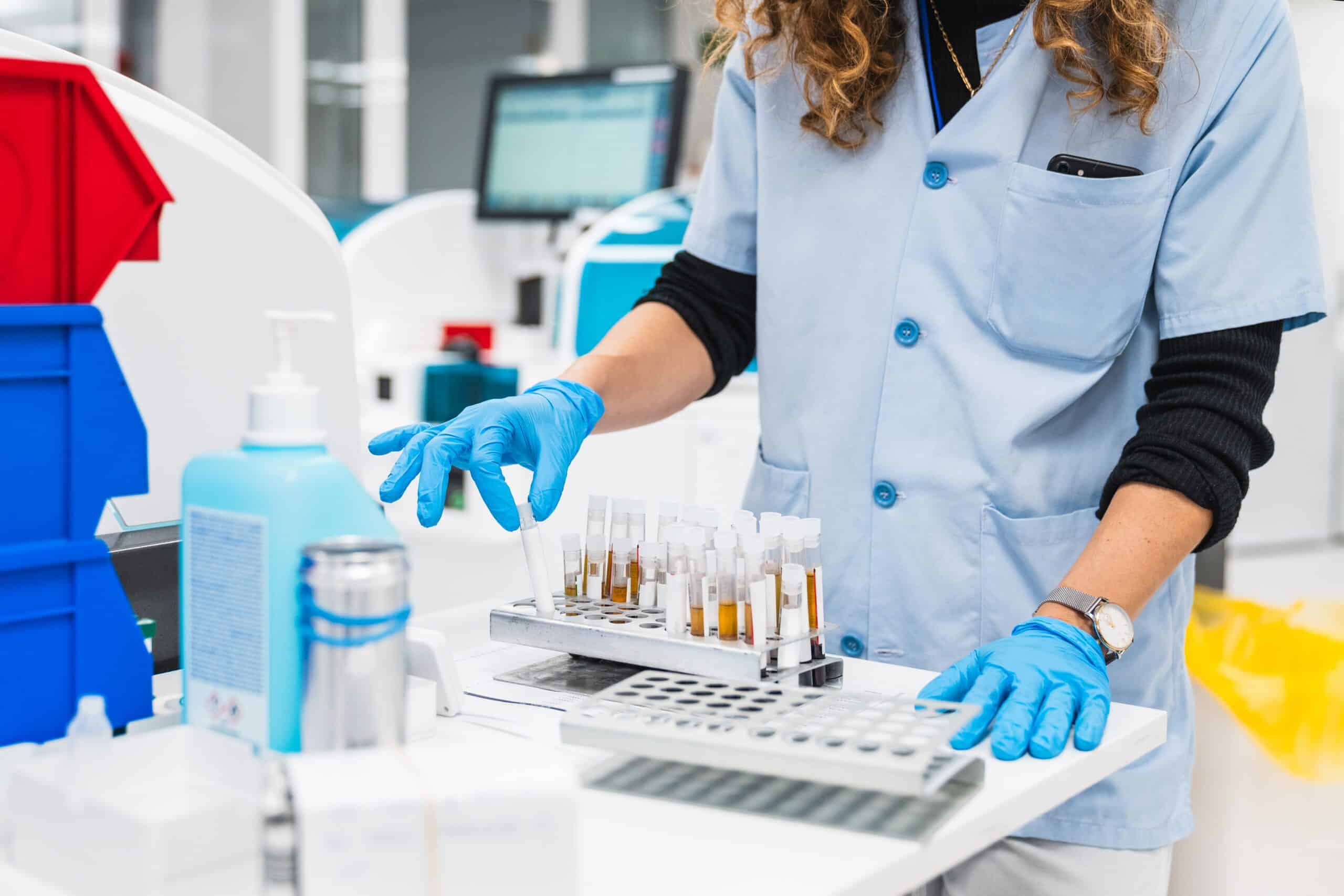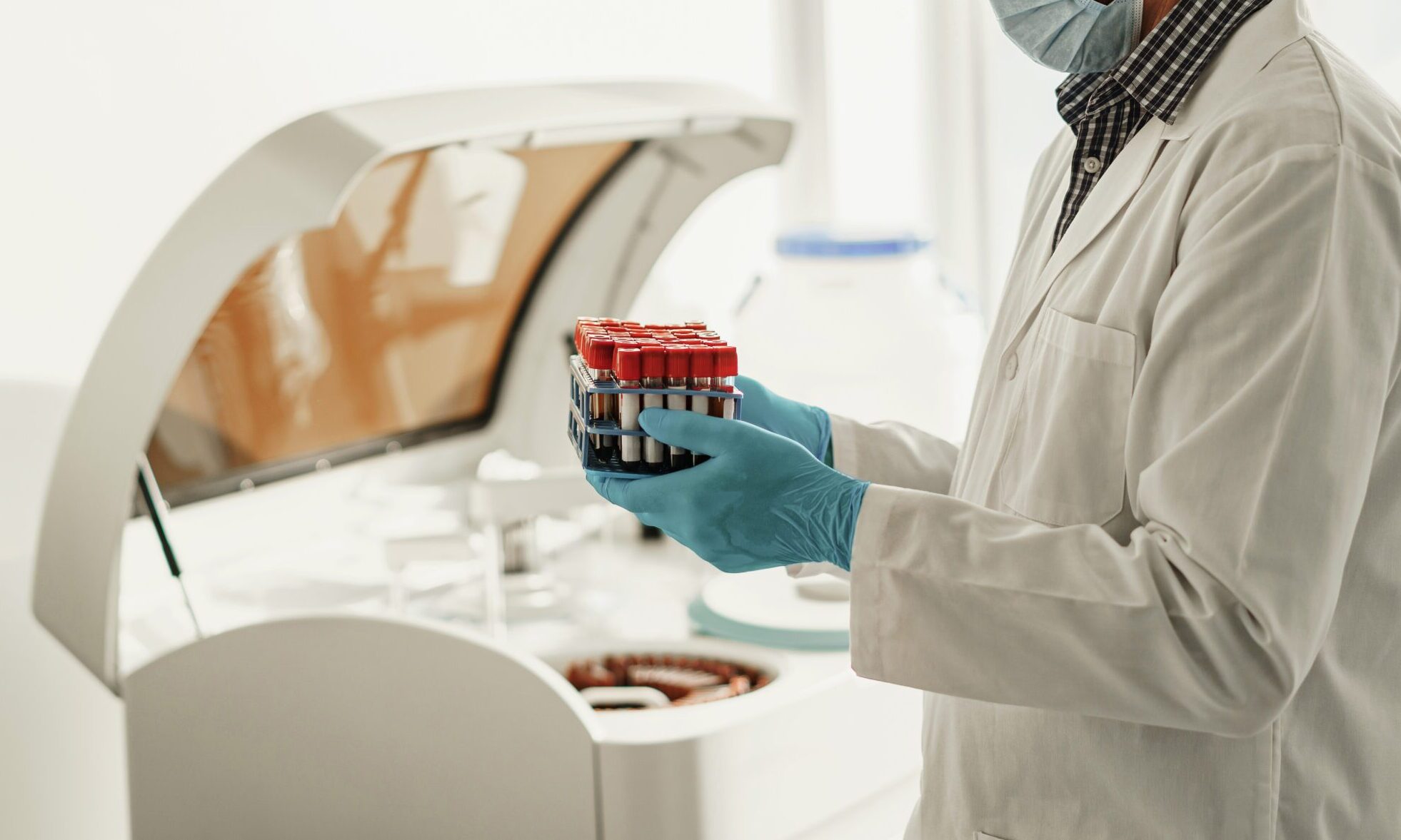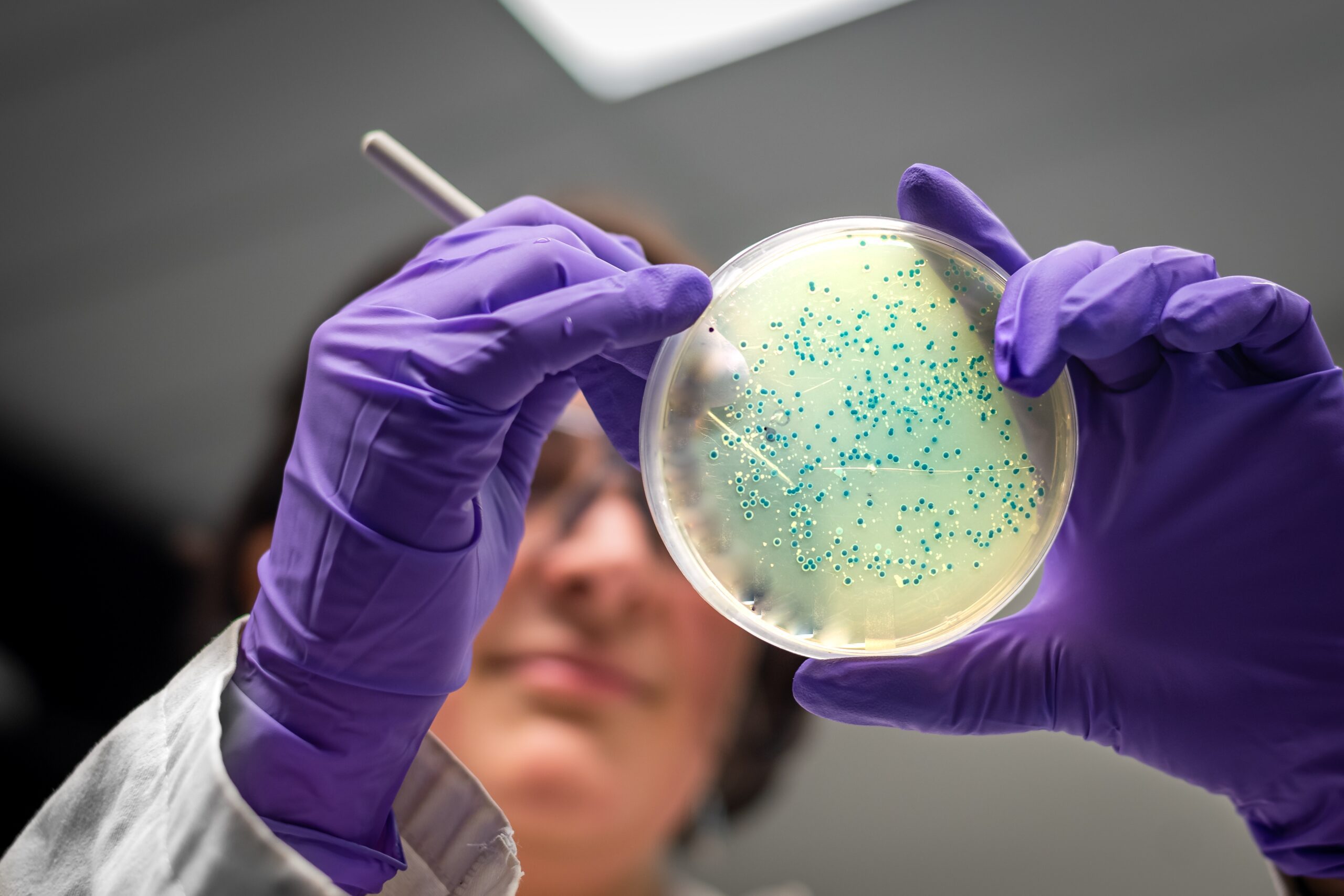Biologics
Accelerate your biologic product’s journey from bench to bedside
We provide end-to-end, tailored solutions in market access, regulatory, clinical development and vigilance by delivering expert guidance at every stage.

KEY FIGURES
100+
Biologic products
60+
INDs/BLAs/MAAs for biologics
40+
Monoclonal antibody and bispecific (MAbs) projects – last 3 years

Holistic Biologics Development Approach
We provide comprehensive biologics development solutions, including market access, regulatory, nonclinical, clinical and CMC support, ensuring that your biologic product is optimized for approval and commercialization. Our services are tailored to meet the specific needs of your product.
Customized, Data-Driven Solutions
Regulatory and clinical development pathways for biologics can be complex. We partner with you to design solutions that will allow you to identify and generate the data you need, ensuring your biologic’s rapid progression from development to patient access.

FAQs
How is a biological target implicated in the disease process and validated?
Validating a biological target for a new drug involves a rigorous and multi-step process to ensure that the target is relevant and has a significant role in the disease process.
Here’s an outline of how a company typically validates a biological target:
- Literature Review and Data Mining
Existing Research: Conduct a thorough review of existing scientific literature to gather information about the target and its role in the disease.
Bioinformatics: Use bioinformatics tools to analyze genomic, proteomic, and other biological data to identify potential targets and understand their biological pathways.
- Genetic Evidence
Genetic Association Studies: Investigate whether genetic variations in the target are associated with the disease.
Knockout/Knockdown Studies: Use gene knockout or knockdown techniques (e.g., CRISPR, RNA interference) in cell lines or animal models to study the effects of inhibiting or eliminating the target’s function.
Transgenic Models: Develop transgenic animal models that overexpress or lack the target to study its role in disease development and progression.
- Expression Analysis
Tissue and Cell Analysis: Analyze the expression levels of the target in diseased versus healthy tissues and cells using techniques such as RT-PCR, Western blotting, and immunohistochemistry.
Single-Cell RNA Sequencing: Use single-cell RNA sequencing to identify cell types and states that express the target in the context of the disease.
- Functional Studies
Cellular Assays: Conduct in vitro assays to study the functional role of the target in cellular processes related to the disease.
Biochemical Assays: Perform biochemical assays to understand the target’s role in signaling pathways and molecular interactions.
- Animal Models
Disease Models: Use animal models that mimic the human disease to test whether modulating the target affects disease symptoms and progression.
Pharmacological Inhibition: Use small molecules or biologics (e.g., antibodies) to inhibit the target in animal models and assess the therapeutic effects.
- Clinical Correlation
Biomarker Studies: Identify and validate biomarkers associated with the target that can be measured in patients to correlate with disease states and treatment outcomes.
Patient Samples: Analyze patient samples (e.g., blood, tissue biopsies) to confirm that the target is relevant to the human disease.
read more
What are the differences in US and European biologic product development?
Biologic drug development in the US and Europe involves similar processes but also has notable differences due to distinct regulatory frameworks, application procedures, and oversight practices.
Here are some of the major differences:
- Regulatory Authorities
US: The Food and Drug Administration (FDA) oversees biologic drug development and approval.
Europe: The European Medicines Agency (EMA) is responsible for the centralized approval process, but individual member states also have national regulatory agencies.
- Application Procedures
US:
Investigational New Drug (IND): Required before clinical trials can begin.
Biologics License Application (BLA): Required for marketing authorization.
Europe:
Clinical Trial Authorization (CTA): Required before clinical trials can begin, obtained through national regulatory authorities.
Marketing Authorization Application (MAA): Required for marketing authorization, typically through the centralized procedure with the EMA.
- Approval Pathways
US: The BLA process involves submission to the FDA, which reviews the application and may involve advisory committee meetings.
Europe: The centralized MAA process involves submission to the EMA, which provides a recommendation through the Committee for Medicinal Products for Human Use (CHMP). The final decision is made by the European Commission, making the drug available across all EU member states.
- Clinical Trial Requirements
US: IND applications must include extensive preclinical data, manufacturing information, and detailed clinical trial protocols.
Europe: IMPD is part of the CTA, with similar requirements but may have additional considerations specific to the EU’s Clinical Trials Regulation.
- Good Manufacturing Practice (GMP) Standards
US: The FDA enforces GMP regulations specific to biologics, outlined in 21 CFR Parts 210 and 211, and additional requirements in Part 600 for biologics.
Europe: The EMA follows EU GMP guidelines, which are harmonized across member states but may have some national variations.
- Post-Market Surveillance
US:
Pharmacovigilance: Managed through the FDA’s Adverse Event Reporting System (FAERS) and mandatory post-marketing studies.
Risk Evaluation and Mitigation Strategies (REMS): Required for some products to ensure benefits outweigh risks.
Europe:
Pharmacovigilance: Managed through the EMA’s EudraVigilance system, and PSURs are mandatory.
Risk Management Plans (RMPs): Required for all new biologics to outline how risks will be identified, assessed, and minimized.
- Regulatory Timelines
US:
The Prescription Drug User Fee Act (PDUFA) sets specific timelines for FDA review (e.g., 10 months for standard reviews, 6 months for priority reviews).
Europe:
The EMA has similar timelines, with a standard review process taking up to 210 days, not including clock stops where additional information is requested.
- Scientific Advice and Regulatory Guidance
US: The FDA offers pre-IND meetings and other advisory meetings to guide development.
Europe: The EMA offers scientific advice procedures, which can be sought at any stage of development.
- Market Exclusivity and Intellectual Property
US: Biologics are granted 12 years of market exclusivity from the date of FDA approval.
Europe: Biologics are granted 10 years of market exclusivity from the date of EMA approval, which can be extended to 11 years if the product receives an additional therapeutic indication during the first 8 years.
read more
Related Glossary

Questions? Get the answers from our expert team
No two product development paths are the same. Talk to our experts about your development challenges and we will provide you actionable recommendations.
